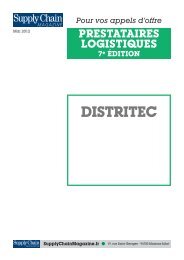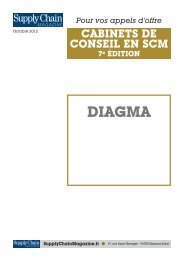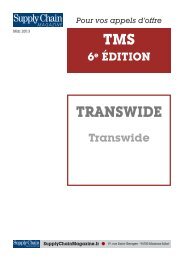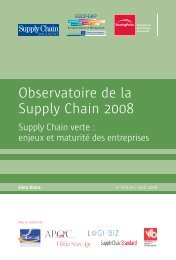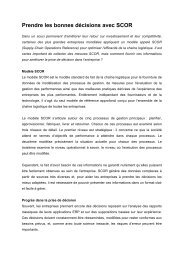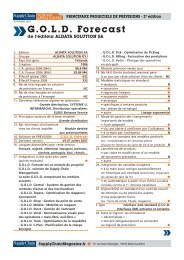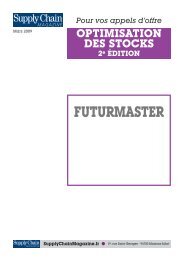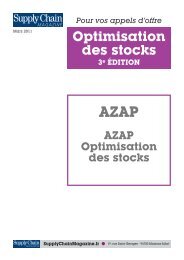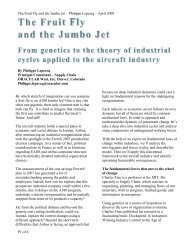European Property Sustainability Matters European Property ...
European Property Sustainability Matters European Property ...
European Property Sustainability Matters European Property ...
You also want an ePaper? Increase the reach of your titles
YUMPU automatically turns print PDFs into web optimized ePapers that Google loves.
<strong>Sustainability</strong> assessment tools<br />
There is a growing concern and awareness that<br />
investors and occupiers need a way to “futureproof”<br />
their buildings against the adverse impact of<br />
ignoring sustainability issues.<br />
The range of relevant property issues which could be<br />
considered as pertinent to sustainable development<br />
is vast. The major issues can summarised, as in<br />
this diagram, which relates to Corporate Social<br />
Responsibility (CSR) discussed later:<br />
<strong>Sustainability</strong><br />
Sustained occupier<br />
market demand.<br />
Investment<br />
perfomance.<br />
Economic<br />
<strong>Sustainability</strong><br />
Source: Various<br />
Viable<br />
Environmental<br />
<strong>Sustainability</strong><br />
SUSTAINABLE<br />
DEVELOPMENT<br />
Equity<br />
Climate change.<br />
Air, water and<br />
ground<br />
pollution.<br />
Live-able<br />
Social<br />
<strong>Sustainability</strong><br />
Culture.<br />
Respect for people.<br />
Sense of place.<br />
Working and living<br />
environment.<br />
The Building <strong>Sustainability</strong> Assessment Toolkit<br />
“Building <strong>Sustainability</strong> in the Balance” by Sarah<br />
Sayce, Anthony Walker and Angus McIntosh,<br />
published by Estates Gazette in 2004, recognised<br />
the frequent conflicts of interest when considering<br />
the concept of sustainability. It set out to identify<br />
the range of different stakeholders and to provide a<br />
means to reconcile their priorities.<br />
The problem arises because, while there is much<br />
encouragement of sustainability, definitions tend to<br />
be all general but the range of interests is necessarily<br />
diverse, involving economics and social factors as<br />
well as those related to the environment.<br />
It was also recognised that interests differ according<br />
to the involvement of different stakeholders.<br />
For example, the building owner, the occupier<br />
and the local community may all have very<br />
different perspectives on what makes a building<br />
sustainable.<br />
The first will be probably more interested in the<br />
economic aspects, the second in the environment,<br />
especially as it affects the productivity of their<br />
workforce, while the community may focus on social<br />
issues such as present and future employment<br />
opportunities.<br />
Each stakeholder’s involvement will thus substantially<br />
affect its views, and a simple example is energy<br />
conservation. For the building investment owner<br />
this will usually be of little immediate interest, since<br />
running costs will be met by the occupier and any<br />
improvement is likely to necessitate increased<br />
capital cost.<br />
For the occupier the running costs are only a small<br />
part of his total business cost. A good environment,<br />
cool enough in summer and warm in winter, will be<br />
of greater interest than fuel expenditure.<br />
For the community energy conservation is of<br />
considerable interest, including CO 2 emissions and<br />
the long-term impact on the environment.<br />
Environmental issues have recently hit the headlines<br />
and been the focus of much government attention<br />
and legislation. They are easier to measure and<br />
define than social issues. The cultural value of a<br />
building is difficult to quantify but is significant in<br />
considering its sustainability: does it contribute to<br />
the community’s pride of place and add value to the<br />
environment?<br />
The BSAT (Building <strong>Sustainability</strong> Assessment<br />
Tool) was developed to provide a means of<br />
comparing the two main groups of stakeholders’<br />
interests: those of the building owners and occupiers<br />
(internal stakeholders) and those of the local and<br />
global communities (external stakeholders).<br />
Obviously both these categories are very broad and<br />
similar exercises could be undertaken comparing<br />
the interests of the building owner with the building<br />
occupier, or of the local community with the global<br />
community. The tool was developed to examine<br />
an individual building or development, but the<br />
principles could apply to a city quarter or a wider<br />
area.<br />
27




